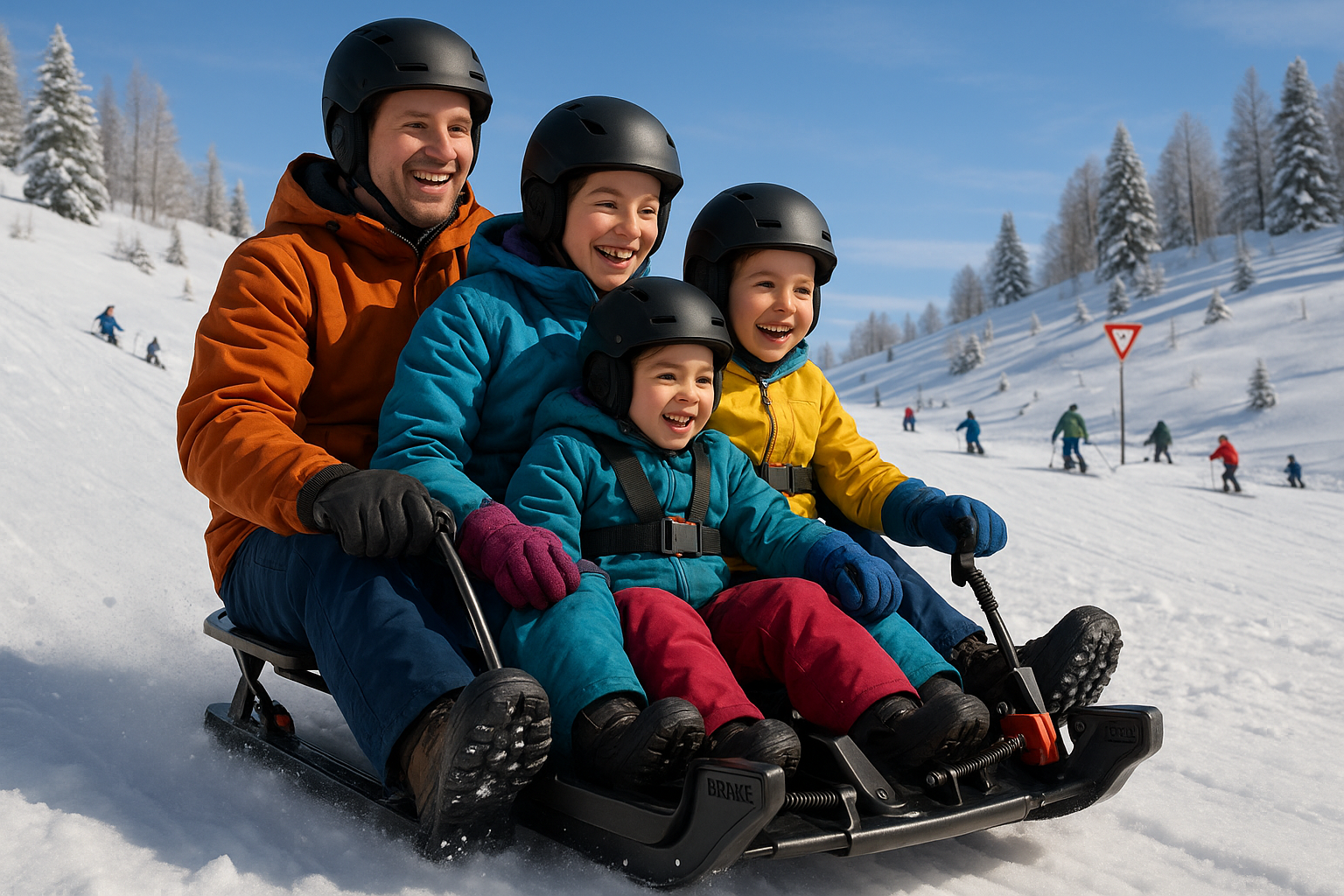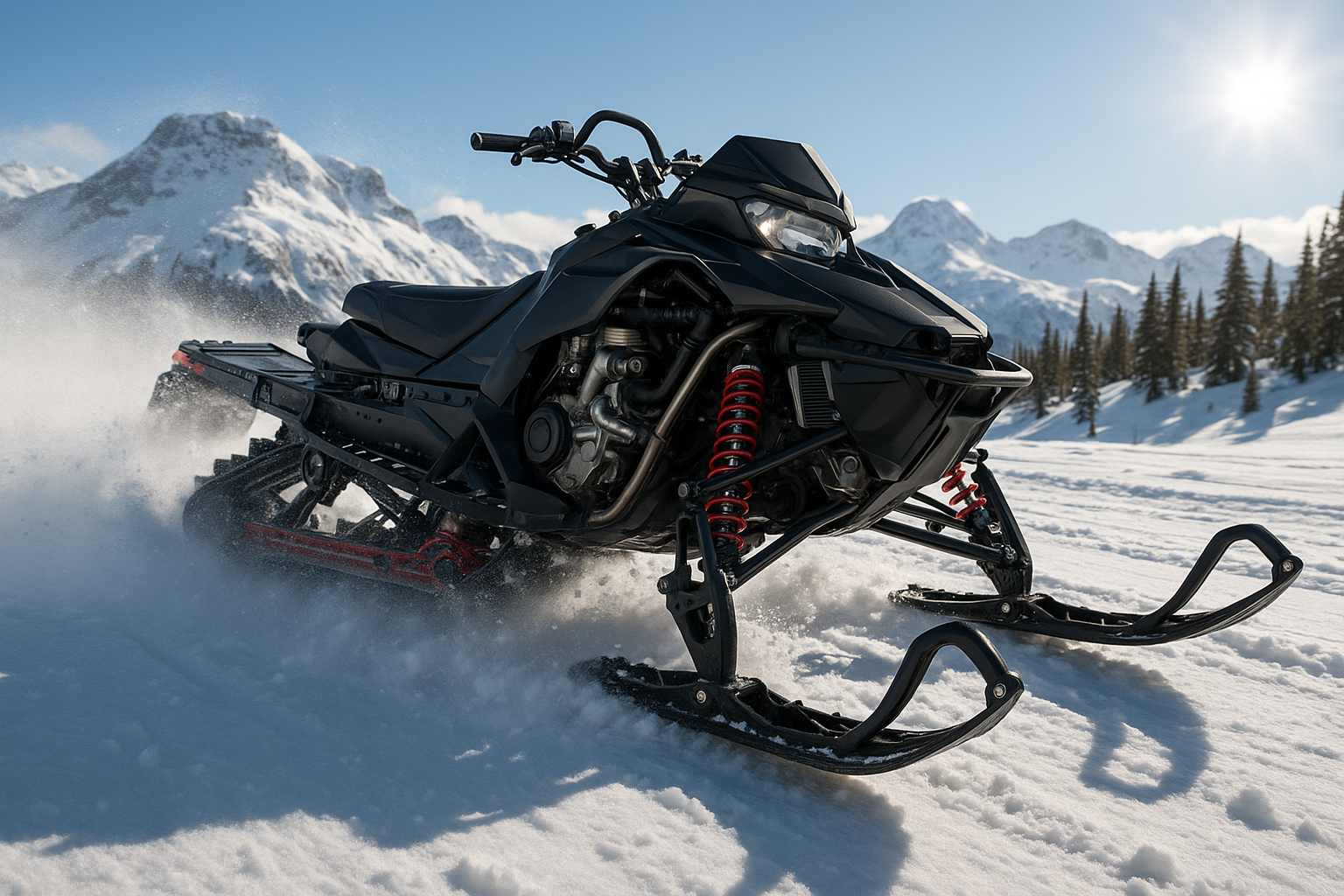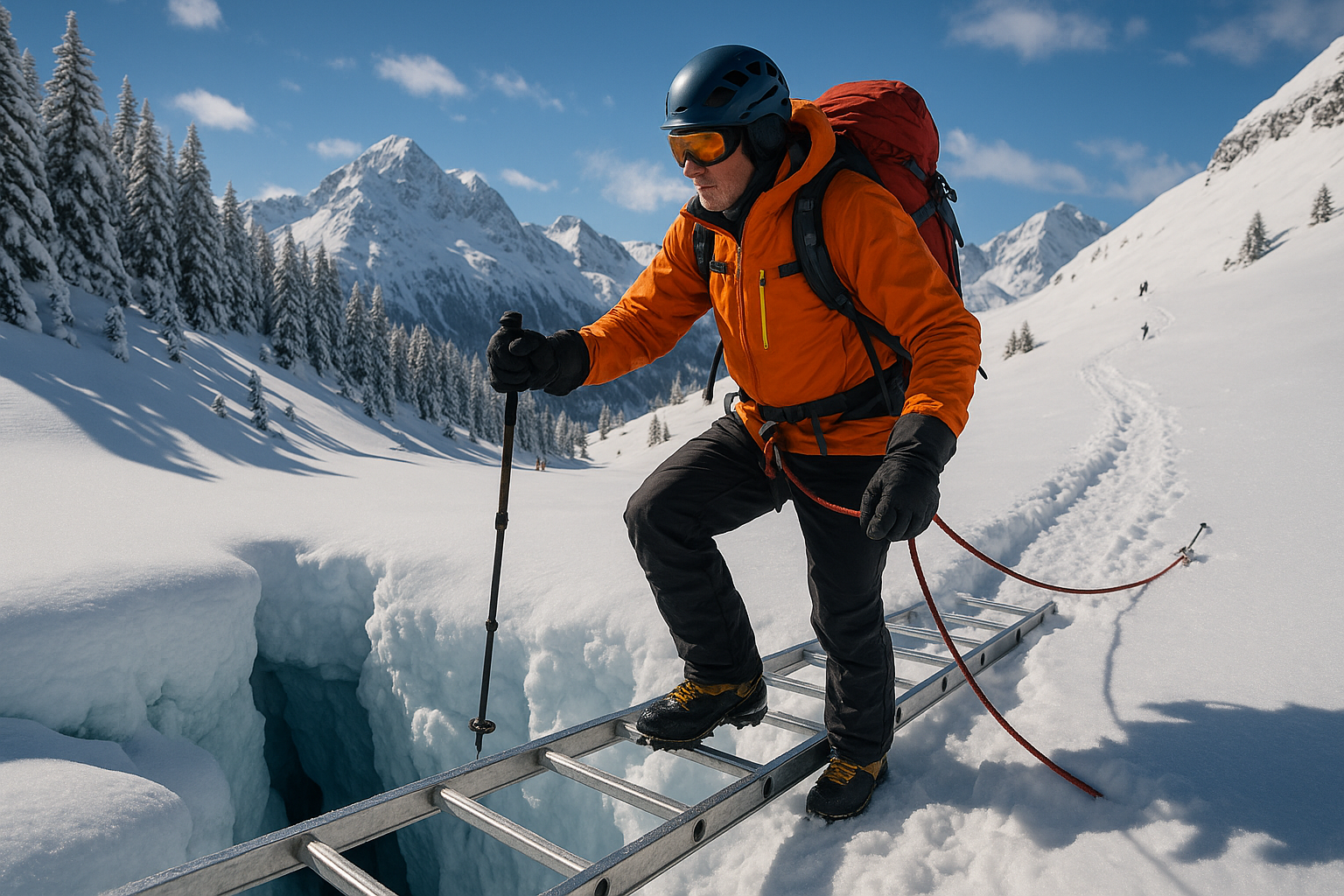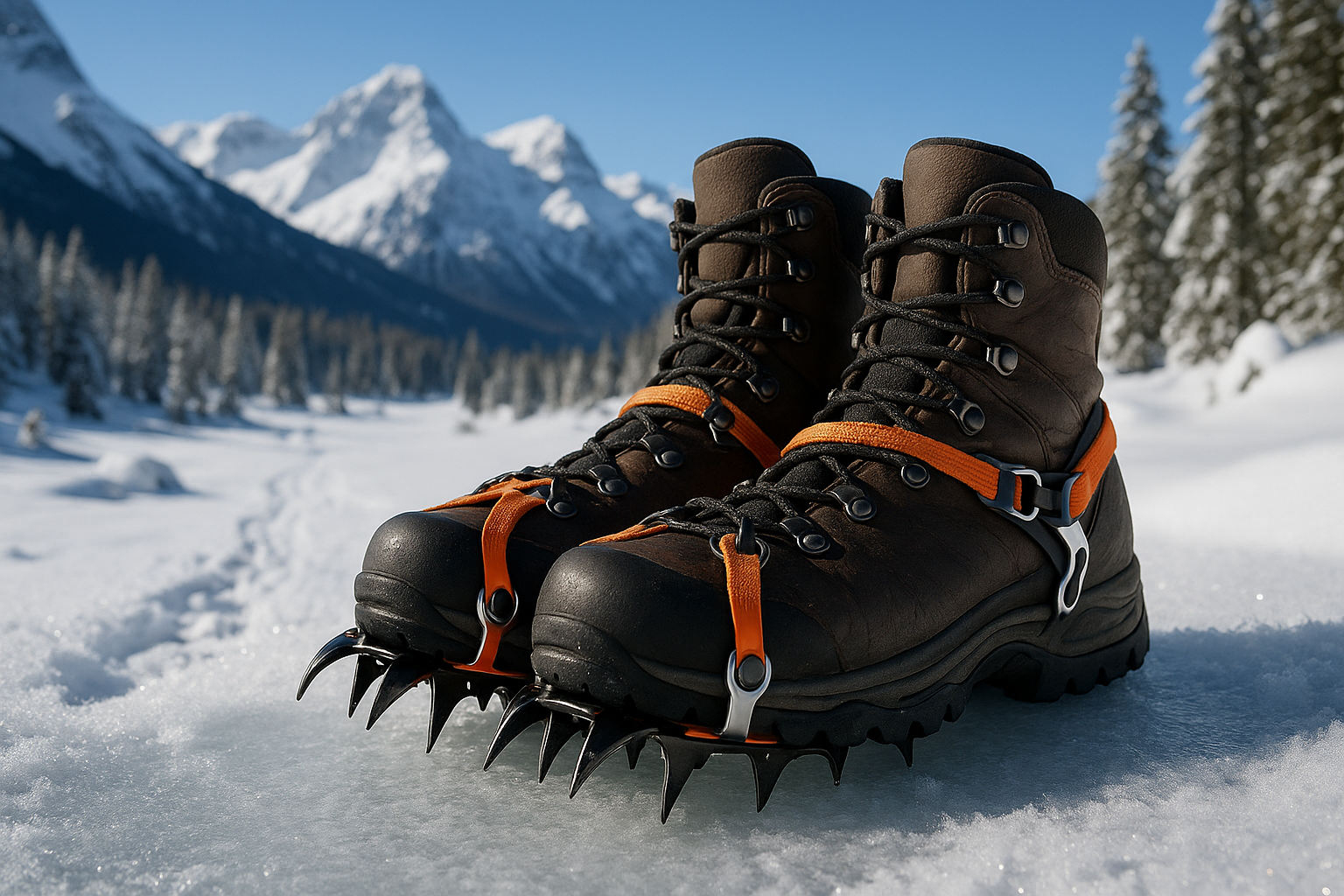As the first snowflakes of winter gently blanket the world in a soft white, a certain thrill begins to fill the air. It’s that time of year again when hills and slopes transform into playgrounds for sledding enthusiasts of all ages. The simple joy of gliding down a snowy hill is a timeless tradition, a rite of winter that never fails to bring out the inner child in us all. But as exhilarating as this winter sport can be, it’s not without its challenges. Ensuring safety and maintaining control are paramount, especially when you’re racing down a slope at high speeds. This is where sled brake systems come into play. 🛷
In this comprehensive guide, we’ll explore how you can maximize your sledding experience by focusing on the critical aspects of sled brake systems. From the traditional to the modern, understanding these systems can significantly enhance your safety and control on the slopes. Whether you’re a parent looking to ensure your child’s safety or an adrenaline junkie seeking the ultimate sledding thrill, this article is for you.
The evolution of sled brake systems is fascinating, reflecting the broader advancements in technology and design. We’ll begin by delving into the history of sled brakes, tracing their origins and understanding how they have developed over the years. This historical perspective will provide valuable context, helping you appreciate the innovations that have made modern sledding both safer and more enjoyable.
Next, we’ll shift our focus to the types of sled brake systems available today. From simple foot brakes to sophisticated mechanical systems, each type has its advantages and potential drawbacks. By understanding these differences, you’ll be better equipped to choose the right brake system for your sled, tailored to your specific needs and preferences. Whether you prefer the classic sled with a rope and wooden slats or the high-tech designs of modern sleds, knowing your brake options is crucial.
One of the most critical aspects of sledding is safety, especially for families with young children. We’ll discuss essential safety tips and how effective brake systems can prevent accidents and injuries. These insights are not just for the cautious; even seasoned sledders can benefit from a refresher on safety protocols. After all, having fun on the slopes should never come at the expense of well-being.
In addition to safety, control is a key factor that can make or break your sledding experience. We’ll explore techniques and strategies to enhance control while sledding, including how to use your brake system effectively. Mastering these skills will allow you to navigate challenging terrains and enjoy a more exhilarating ride. Imagine the thrill of steering your sled with precision, confidently tackling each twist and turn.
As we delve deeper, we’ll also touch on the environmental impact of sledding and how certain brake systems can contribute to more sustainable practices. In an era where ecological consciousness is increasingly important, choosing eco-friendly sledding options can make a significant difference. 🌍
Finally, we’ll round out our guide with maintenance tips for your sled and brake system. Proper care and regular checks can extend the lifespan of your equipment, ensuring optimal performance and safety season after season. Knowing how to maintain your sled can save you time and money in the long run, allowing you to focus on what truly matters: enjoying the ride.
So, whether you’re preparing for your first sledding adventure or you’re a seasoned pro looking to enhance your skills, this ultimate guide to sled brake systems has something for everyone. Get ready to discover new insights, learn valuable tips, and embrace the snowy slopes with confidence and joy. Your ultimate sledding adventure awaits! 🏔️

Conclusion
As we conclude our deep dive into sled brake systems, it’s clear that mastering braking performance is essential for both safety and control on snowy or icy terrain. Understanding how different brake types — hydraulic, mechanical, or regenerative — respond under pressure allows riders to adapt to varying conditions with confidence and precision.
The true value of this knowledge lies in maintenance and customization. ❄️💡 By selecting quality components, regularly inspecting systems, and fine-tuning brake response, riders can ensure optimal stopping power without sacrificing handling. Ultimately, the ultimate sled brake guide isn’t just about mechanics — it’s about mastering control, enhancing safety, and building trust between rider and machine on every frozen trail
Toni Santos is a highland ethnobotanist, adaptive habitat researcher, and cultural climatologist devoted to the science and spirit of life above the clouds. Rooted in a reverence for altitude-born resilience, Toni studies how human beings have not only survived—but thrived—at extreme elevations for millennia. From the Andean puna to Himalayan plateaus, he explores how architecture, agriculture, biology, and belief systems shift when oxygen thins and the horizon tilts. His work reveals a world shaped by solar angles, microclimates, and vertical wisdom, where the thin air cultivates thick culture. Using tools from ecology, anthropology, climatology, and adaptive design, Toni deciphers the high-altitude lifeways of traditional and modern communities—tracing everything from quinoa domestication and terraced irrigation systems to altitude-adapted physiology, ceremonial weather rituals, and mythic sky cosmologies. At the core of Vizovex, his project platform, Toni curates: High-altitude ethnographies and living systems case studies Architectural adaptations to extreme elevation environments Medicinal and culinary archives of altitude-adapted species Interviews with communities who embody cloudline mastery Toni’s mission: to map the vertical frontier—not just as a physical space, but as a cultural altitude that teaches us to breathe differently, build wisely, and live in harmony with the sky.



